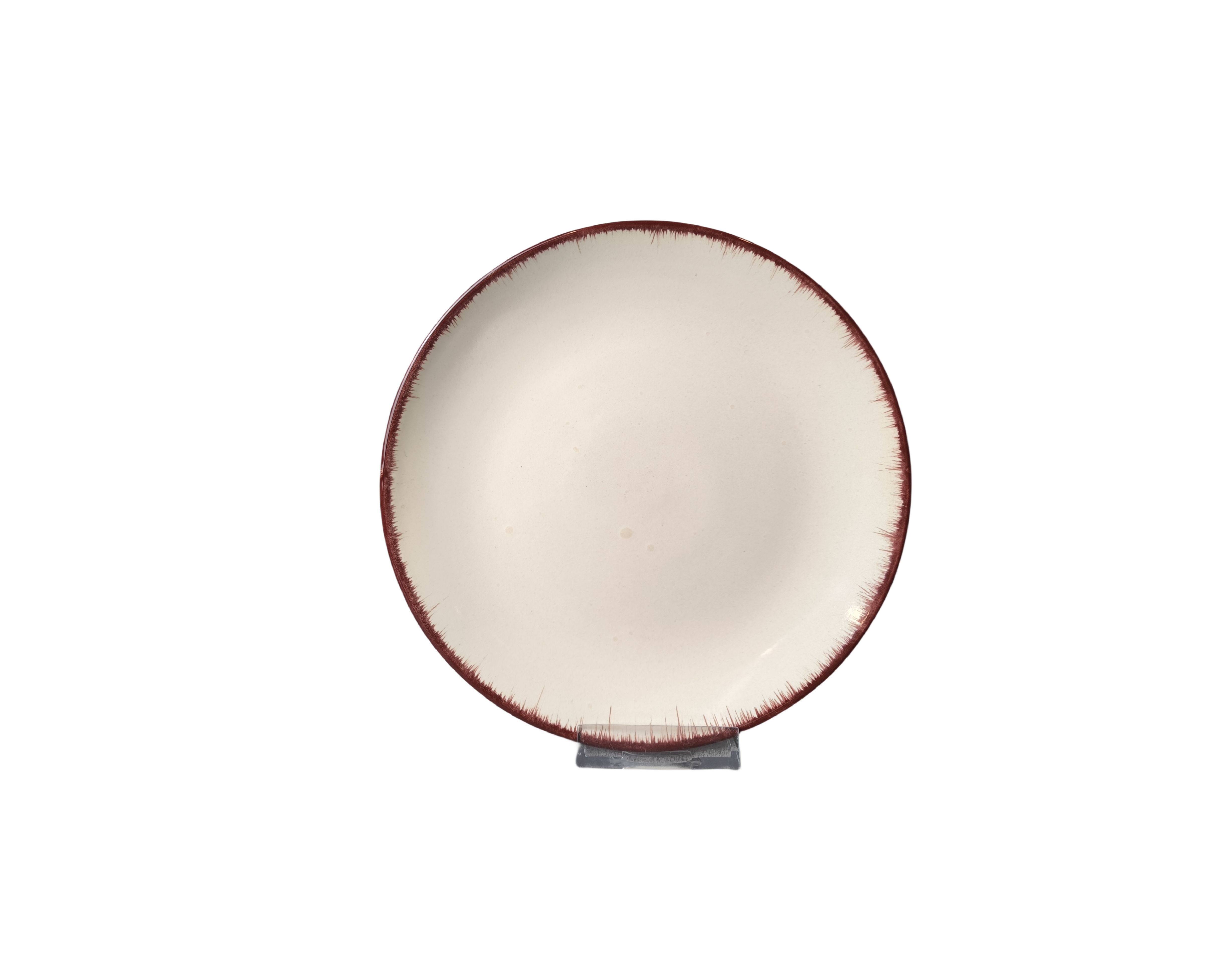Are Ceramic Plates Safer Than Plastic?
Safety is one of the most important factors to consider when choosing dinnerware. Health-conscious consumers often wonder whether ceramic plates or plastic plates are the safer option. The differences go far beyond aesthetics. They can directly affect food quality, health, and even the environment.
Safe dinnerware should be free from harmful substances, able to withstand heat without releasing toxins, and durable enough for repeated use. International standards like FDA and LFGB are in place to make sure that the materials coming into contact with food are safe and won’t put people's health at risk.
Ceramic Plates
Ceramic plates are made from natural materials and fired at high temperatures, a process that stabilizes their structure and eliminates toxic compounds. They are non-toxic, as they do not contain BPA, phthalates, or other harmful chemicals often present in plastics. Their high heat resistance makes them safe to use in ovens, microwaves, and dishwashers without releasing dangerous substances. With proper care, ceramic plates remain durable and maintain their integrity over many years. Ceramics are good for the environment because you can reuse them, and they don’t cause nearly as much harm as single-use plastics do.

Plastic Plates
Plastic plates are lightweight and inexpensive, but they also present several concerns. Certain plastics may release BPA or microplastics when exposed to heat. Their low resistance to high temperatures can result in deformation and chemical breakdown. What’s more, scratches and cracks on the surface can harbor bacteria and compromise hygiene. Beyond health considerations, discarded plastics contribute heavily to global waste and pollution.
Comparison: Ceramic vs. Plastic Plates
| Aspect | Ceramic Plates | Plastic Plates |
|---|---|---|
| Health safety | Free from toxins, stable under heat | May release harmful chemicals |
| Temperature use | Microwave, oven, dishwasher safe | Can warp or release toxins at high heat |
| Durability | Long-lasting with proper care | Prone to scratches and short lifespan |
| Environmental impact | Sustainable and reusable | Contributes to plastic waste |
This comparison makes it clear that ceramics offer more consistent safety and long-term benefits.
Lead and Cadmium Concerns
Some consumers worry about ceramic dinnerware containing lead or cadmium. Many well-known manufacturers make ceramic plates without lead or cadmium, and these meet global food safety rules. Ceramics can be fragile if dropped, but newer reinforced versions are tougher and more practical for daily use.
Considering material composition, temperature resistance, and environmental sustainability, ceramic plates are generally safer than plastic plates. They not only protect your health but also reduce the ecological footprint of your kitchen. If you are looking for FDA-approved, eco-friendly ceramic plates, explore our collection today.

 EN
EN ES
ES AR
AR DE
DE RU
RU FR
FR Back To News
Back To News